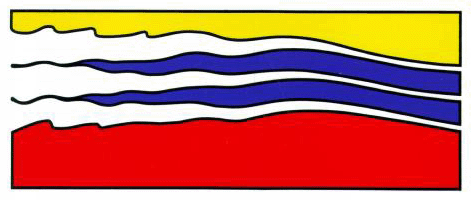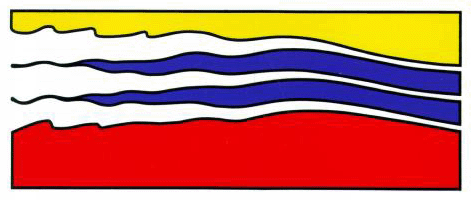
4111 Monarch Way, 3rd Floor
Old Dominion University
Norfolk, VA 23508
757-683-4940


Conventional field sampling of copepods does not distinguish
between live and dead copepods in samples. Corollary to this oversight
is that predation is often assumed to be the dominant cause of copepod
mortality to the extent that non-predatory mortality is ignored.
However, a growing number of studies have shown that copepod carcasses
are prevalent in the natural environment, indicating the potential
importance of non-predatory mortality. Data on in situ live-dead
copepod composition can be used to estimate both predatory and
non-predatory mortality rates, and both mortality terms are required to
produce realistic population growth predictions. The fate of carcasses
is also of broader ecological importance. Microbial decomposition
remineralizes carcass organic materials and supports high bacterial
production, in the process reducing carcass density and allowing the
possibility for the carcass to approach neutral buoyancy in the water
column. In contrast, fast sinking carcasses export carbon to the deep
waters and benthos, and sediment trap studies have sown that copepod
carcasses can be the dominant component of vertical flux outside of the
phytoplankton growth period. Research into the occurrence and fate of
copepod carcasses will therefore improve our understanding of not only
copepod mortality and population dynamics, but also the link between
copepods, the microbial food web and biogeochemical fluxes.
After receiving his B.Sc. and M.Phil. degrees in Biology from the Chinese University of Hong Kong, Dr. Tang ventured to the University of Connecticut for his doctoral degree in Oceanography. After having cheered for the Huskies basketball teams (both men and women) for years, he took up a postdoctoral fellow position in Denmark, where he learned to make (and eat) "open sandwich" with pickled herring. In 2002, he said goodbye to the Little Mermaid and moved to the Virginia Institute of Marine Science, where he has been a faculty member ever since. His research is on planktonic and microbial processes in both marine and freshwater systems.

|
Innovation Research Park Building I 4111 Monarch Way, 3rd Floor Old Dominion University Norfolk, VA 23508 757-683-4940 |

|